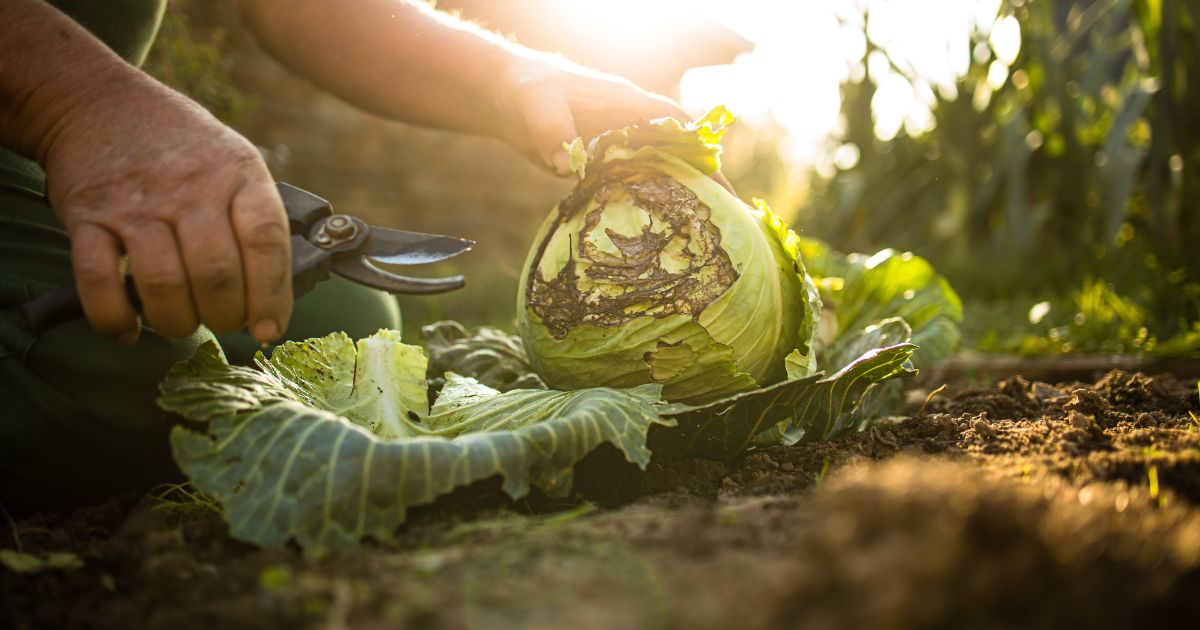Discover the best practices for survival gardening this fall, ensuring a fruitful and sustainable harvest.
These nine essential tips will guide you through preparing your garden for the cooler months, selecting the right crops, and enhancing your soil’s health.
Let’s dive into the world of fall gardening and uncover secrets to thriving plants even as the temperatures drop.
1. Choosing Hardy Crops
Fall is the perfect time to focus on hardy crops that can withstand cooler temperatures.
Consider planting vegetables like kale, cabbage, and carrots.
These crops not only survive the chill but often taste sweeter after a frost.
A diverse selection of hardy crops ensures you have a fruitful garden that extends well into the winter months.
2. Soil Enrichment Techniques
Enriching your soil is crucial for a successful fall garden.
Add compost and well-rotted manure to improve soil fertility and structure.
These organic materials help retain moisture and provide essential nutrients, ensuring your plants have the support they need to thrive through the colder seasons.
3. Fall Mulching Strategies
Mulching is a vital practice for fall gardening.
It helps retain soil moisture, suppress weeds, and regulate soil temperature.
Using organic mulch like straw or wood chips will also decompose over time, adding nutrients back into the soil.
Apply a thick layer to keep your plants cozy and protected.
4. Efficient Watering Techniques
Watering efficiently is key in the fall when evaporation rates decrease.
Opt for drip irrigation systems to deliver water directly to the plant roots.
This method conserves water and ensures that your plants receive consistent moisture, essential for their growth and survival as temperatures drop.
5. Frost Protection Plans
Be prepared for unexpected frosts by having protection plans in place.
Use frost covers or cloches to shield your plants from sudden temperature drops.
This simple step can be the difference between a thriving garden and a damaged one.
Keeping an eye on the weather forecast will help you act swiftly when frost is imminent.
6. Harvest Timing Insights
Timing your harvest is critical in fall gardening.
Monitor your crops closely, as cooler temperatures can slow down growth.
Harvest root vegetables like beets and carrots before the ground freezes, and pick leafy greens regularly to encourage new growth.
Proper timing can enhance the flavor and yield of your harvest.
7. Composting Fall Leaves
Autumn leaves are a valuable resource for composting.
Collect them to create leaf mold or add them to your compost pile.
Leaves break down into rich organic matter, perfect for enriching your garden soil.
Plus, it’s a sustainable way to recycle nature’s bounty back into your garden ecosystem.
8. Extending the Growing Season
Extend your growing season by using cold frames or greenhouse tunnels.
These structures trap heat and protect plants from cold winds, allowing you to continue growing vegetables like lettuce and spinach beyond the typical season.
This technique maximizes your garden’s output and keeps fresh produce on your table longer.
9. Planning for Spring
Even as you focus on fall gardening, it’s wise to start planning for spring.
Take note of what worked well and what didn’t, and begin sketching out your spring garden layout.
Early planning helps ensure you have the seeds and resources needed when the warmer weather arrives, setting you up for success in the next growing season.









